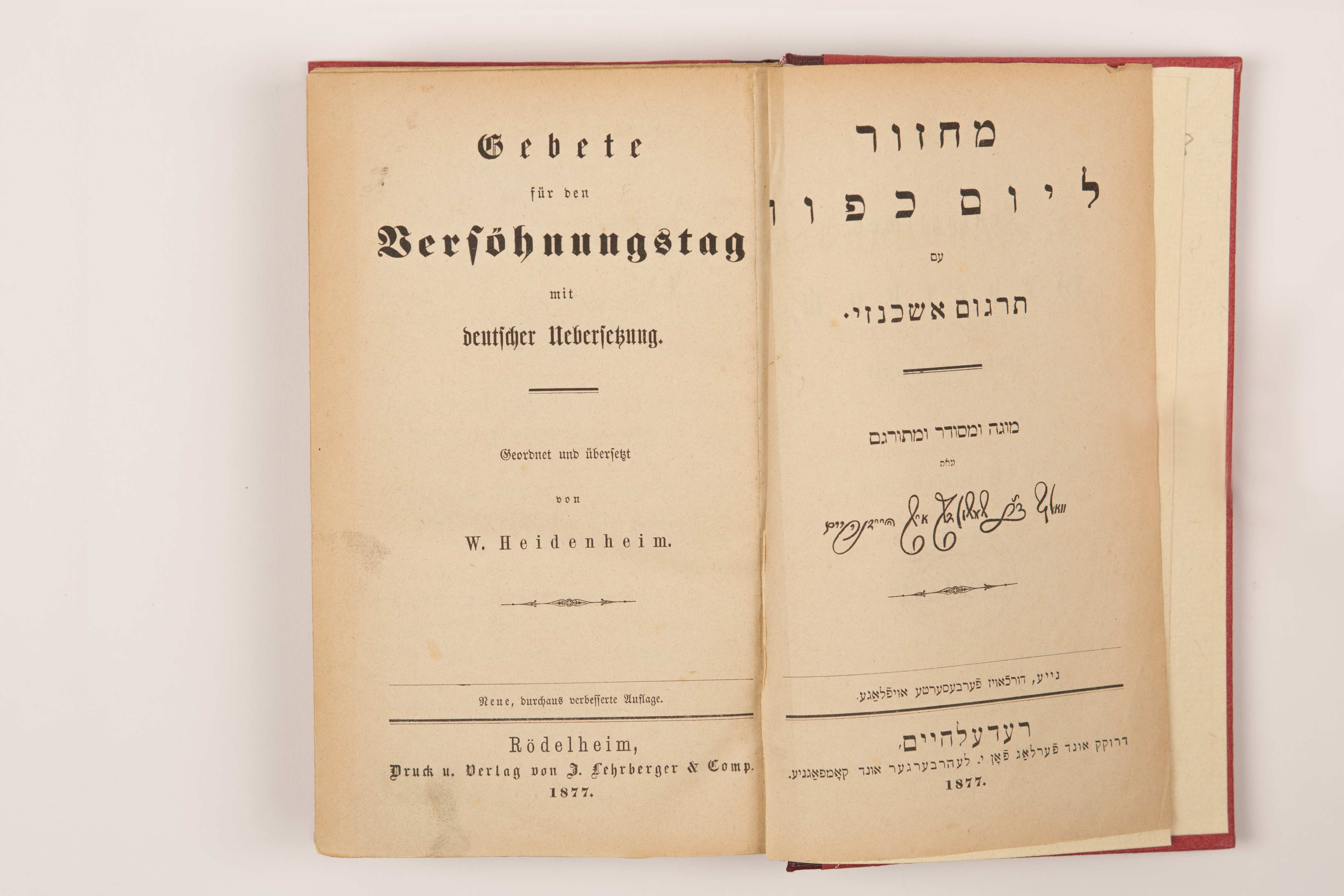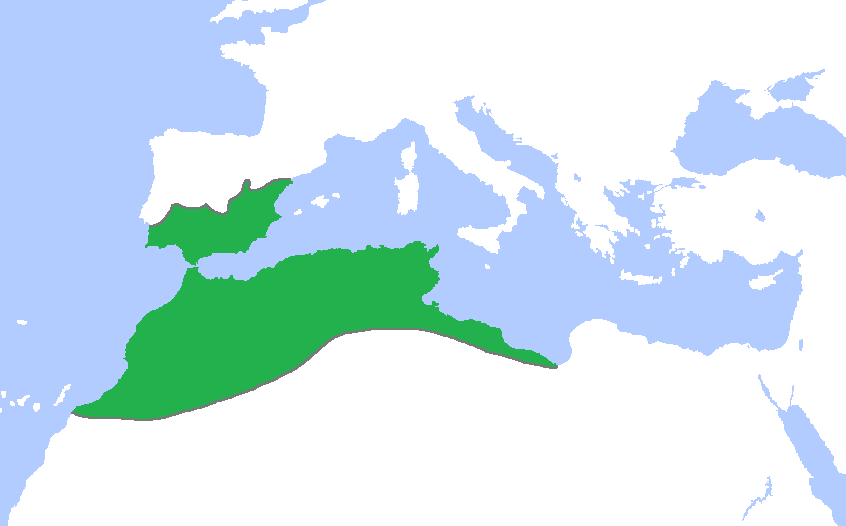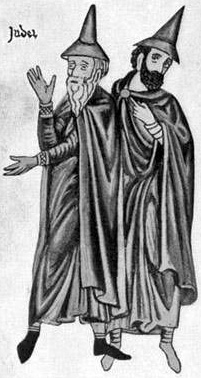|
Wolf Heidenheim
Benjamin Wolf ben Samson Heidenheim (; 1757 – February 23, 1832) was a German Biblical exegesis, exegete and grammarian. Biography Early life Born at Heidenheim, Bavaria, Heidenheim, at an early age Heidenheim was sent to Fürth, where he studied Talmud under Joseph Steinhardt (author of ''Zikron Yosef'') and, from 1777, under Hirsch Janow. Besides Talmudic literature, Heidenheim devoted himself to the study of Hebrew grammar, and particularly of the Masoretic Text, Masorah. In 1782 he left Fürth, probably on account of Janow's opposition to Moses Mendelssohn, Mendelssohn's translation of the Pentateuch, of which Heidenheim was an admirer. He went to Frankfurt, where he made the acquaintance of the most prominent scholars, among them and Solomon Dubno. There began his literary activity, which lasted fifty years. Career Heidenheim, encouraged by Dubno, conceived the idea of issuing a revised edition of the Pentateuch, with a commentary of his own. The first work edited by h ... [...More Info...] [...Related Items...] OR: [Wikipedia] [Google] [Baidu] |
Heidenheim, Bavaria
Heidenheim () is a market town in central-western Bavaria, Germany. It is sometimes known as Heidenheim am Hahnenkamm to avoid confusion with nearby Heidenheim an der Brenz in Baden-Württemberg. Geography Heidenheim is located in the administrative district of Middle Franconia. It belongs to the Weißenburg-Gunzenhausen district and is the seat of the Hahnenkamm municipal association. Heidenheim includes the local subdistricts of Degersheim, Hechlingen am See, and Hohentrüdingen. History Heidenheim was first mentioned in the year 742. During that time, the double monastery of Heidenheim am Hahnenkamm (housing monks and nuns) was founded by Saint Willibald and was later led by Saint Walpurga, who became abbess after his death. Secular power was represented in turn by the Earl of Truhendingen (Altentrühdingen), the Duke of Bavaria, and the Hohenzollern burgrave of Nuremberg. Thereafter, the town belonged to the Principality of Ansbach. The monastery was closed in 1537 due t ... [...More Info...] [...Related Items...] OR: [Wikipedia] [Google] [Baidu] |
Targum
A targum (, ''interpretation'', ''translation'', ''version''; plural: targumim) was an originally spoken translation of the Hebrew Bible (also called the ) that a professional translator ( ''mǝṯurgǝmān'') would give in the common language of the listeners when that was not Biblical Hebrew. This had become necessary near the end of the first century BCE, as the common language was Aramaic and Hebrew was used for little more than schooling and worship. The translator frequently expanded his translation with paraphrases, explanations and examples, so it became a kind of sermon. Writing down the targum was initially prohibited; nevertheless, some targumitic writings appeared as early as the middle of the first century. They were not recognized as authoritative by the religious leaders. Some subsequent Jewish traditions, beginning with the Jews of Lower Mesopotamia, accepted the written targumim as authoritative translations of the Hebrew scriptures into Aramaic. Today, the com ... [...More Info...] [...Related Items...] OR: [Wikipedia] [Google] [Baidu] |
Solomon Pappenheim
Solomon Pappenheim (, ; 2 February 1740 – 4 or 5 March 1814), also known by the acronym Rashap (), was a German rabbi, linguist, and poet. He is best known for his three-part study of Hebrew synonyms entitled ''Yeri'ot Shelomoh''. Biography Solomon Pappenheim was born into a rabbinic family in Zülz, Silesia, the son of '' dayan'' Seligmann Pappenheim. He received a traditional education, and served as rabbi of the Jewish community in Lublinitz before himself becoming ''dayan'' at Breslau. He died in Breslau at the age of 74. On his gravestone was inscribed in Hebrew ''Ein zeh kever ach aron kodesh'' ('This is not a grave but a Holy Ark'). Work Pappenheim composed a satire against Jonathan Eybeschutz entitled ''Elonei memre ve-kiryat arba'' (1761) amid the dispute between the latter and Jacob Emden. During the controversy on the subject of early burial he wrote several works in German favoring the practise among Jews: ''Die frühe Beerdigung bei den Juden'' (1795), ''Die ... [...More Info...] [...Related Items...] OR: [Wikipedia] [Google] [Baidu] |
Maimonides
Moses ben Maimon (1138–1204), commonly known as Maimonides (, ) and also referred to by the Hebrew acronym Rambam (), was a Sephardic rabbi and Jewish philosophy, philosopher who became one of the most prolific and influential Torah scholars of the Middle Ages. In his time, he was also a preeminent astronomer and physician, serving as the personal physician of Saladin. He was born on Passover eve 1138 or 1135, and lived in Córdoba, Spain, Córdoba in al-Andalus (now in Spain) within the Almoravid dynasty, Almoravid Empire until his family was expelled for refusing to convert to Islam. Later, he lived in Morocco and Egypt and worked as a rabbi, physician and philosopher. During his lifetime, most Jews greeted Maimonides' writings on Halakha, Jewish law and Jewish ethics, ethics with acclaim and gratitude, even as far away as Iraq and Yemen. Yet, while Maimonides rose to become the revered head of the History of the Jews in Egypt, Jewish community in Egypt, his writings also ... [...More Info...] [...Related Items...] OR: [Wikipedia] [Google] [Baidu] |
Hebrew Alphabet
The Hebrew alphabet (, ), known variously by scholars as the Ktav Ashuri, Jewish script, square script and block script, is a unicase, unicameral abjad script used in the writing of the Hebrew language and other Jewish languages, most notably Yiddish, Judaeo-Spanish, Ladino, Judeo-Arabic languages, Judeo-Arabic, and Judeo-Persian. In modern Hebrew, vowels are increasingly introduced. It is also used informally in Israel to write Levantine Arabic, especially among Druze in Israel, Druze. It is an offshoot of the Aramaic alphabet, Imperial Aramaic alphabet, which flourished during the Achaemenid Empire and which itself derives from the Phoenician alphabet. Historically, a different abjad script was used to write Hebrew: the original, old Hebrew script, now known as the Paleo-Hebrew alphabet, has been largely preserved in a variant form as the Samaritan script, Samaritan alphabet, and is still used by the Samaritans. The present ''Jewish script'' or ''square script'', on the cont ... [...More Info...] [...Related Items...] OR: [Wikipedia] [Google] [Baidu] |
Hebrew Grammar
Hebrew (; ''ʿÎbrit'') is a Northwest Semitic language within the Afroasiatic language family. A regional dialect of the Canaanite languages, it was natively spoken by the Israelites and remained in regular use as a first language until after 200 CE and as the liturgical language of Judaism (since the Second Temple period) and Samaritanism. The language was revived as a spoken language in the 19th century, and is the only successful large-scale example of linguistic revival. It is the only Canaanite language, as well as one of only two Northwest Semitic languages, with the other being Aramaic, still spoken today. The earliest examples of written Paleo-Hebrew date back to the 10th century BCE. Nearly all of the Hebrew Bible is written in Biblical Hebrew, with much of its present form in the dialect that scholars believe flourished around the 6th century BCE, during the time of the Babylonian captivity. For this reason, Hebrew has been referred to by Jews as '' Lashon H ... [...More Info...] [...Related Items...] OR: [Wikipedia] [Google] [Baidu] |
Shemini Aẓeret
Shemini Atzeret (—"Eighth ayof Assembly") is a Jewish holiday. It is celebrated on the 22nd day of the Hebrew calendar, Hebrew month of Tishrei, usually coinciding with late September or early October. It directly follows the festival of Sukkot, which is celebrated for ''seven'' days; thus, Shemini Atzeret is literally the ''eighth'' day f assembly It is a separate—yet connected—holy day devoted to the spiritual aspects of the festival of Sukkot. Part of its duality as a holy day is that it is simultaneously considered to be connected to Sukkot and a separate festival in its own right. Outside the Land of Israel, this is further complicated by the additional day added to all Biblical holidays except Rosh Hashanah and Yom Kippur.Talmud, '' Beitza'' 4b. Shemini Atzeret is thus sometimes wrongly regarded as the eighth day of Sukkot outside the Land of Israel, leading to sometimes involved analysis as to which practices of each holiday are to apply. The celebration of Simc ... [...More Info...] [...Related Items...] OR: [Wikipedia] [Google] [Baidu] |
Jews Of Germany
The history of the Jews in Germany goes back at least to the year 321 CE, and continued through the Early Middle Ages (5th to 10th centuries CE) and High Middle Ages (c. 1000–1299 CE) when Jewish immigrants founded the Ashkenazi Jewish community. The community survived under Charlemagne, but suffered during the Crusades. Accusations of well poisoning during the Black Death (1346–1353) led to mass slaughter of German Jews, while others fled in large numbers to Poland. The Jewish communities of the cities of Mainz, Speyer and Worms became the center of Jewish life during medieval times. "This was a golden age as area bishops protected the Jews, resulting in increased trade and prosperity." The First Crusade began an era of persecution of Jews in Germany. Entire communities, like those of Trier, Worms, Mainz and Cologne, were slaughtered. The Hussite Wars became the signal for renewed persecution of Jews. The end of the 15th century was a period of religious hatred that ascri ... [...More Info...] [...Related Items...] OR: [Wikipedia] [Google] [Baidu] |
Jews Of Italy
Jews (, , ), or the Jewish people, are an ethnoreligious group and nation, originating from the Israelites of History of ancient Israel and Judah, ancient Israel and Judah. They also traditionally adhere to Judaism. Jewish ethnicity, religion, and community are highly interrelated, as Judaism is their ethnic religion, though it is not practiced by all ethnic Jews. Despite this, religious Jews regard Gerim, converts to Judaism as members of the Jewish nation, pursuant to the Conversion to Judaism, long-standing conversion process. The Israelites emerged from the pre-existing Canaanite peoples to establish Kingdom of Israel (Samaria), Israel and Kingdom of Judah, Judah in the Southern Levant during the Iron Age.John Day (Old Testament scholar), John Day (2005), ''In Search of Pre-Exilic Israel'', Bloomsbury Publishing, pp. 47.5 [48] 'In this sense, the emergence of ancient Israel is viewed not as the cause of the demise of Canaanite culture but as its upshot'. Originally, J ... [...More Info...] [...Related Items...] OR: [Wikipedia] [Google] [Baidu] |
Mahzor
The ''machzor'' (, plural ''machzorim'', and , respectively) is the prayer book which is used by Jews on the High Holy Days of Rosh Hashanah and Yom Kippur. Many Jews also make use of specialized ''machzorim'' on the three pilgrimage festivals of Passover, Shavuot, and Sukkot. The ''machzor'' is a specialized form of the ''siddur'', which is generally intended for use in weekday and Shabbat services. The word ''machzor'' means "cycle"; the root ח־ז־ר means "to return". The term ''machzor'' originally referred to a book containing prayers for the entire year, including weekdays and Shabbat as well as holidays. Later (first in Ashkenazi communities) a distinction developed between the ''siddur'', which included weekday and Shabbat prayers, and the ''machzor'', which included festival prayers. Nevertheless, the original type of Machzor containing all of the prayers for the year continued to be used (even if less common) at least into the 20th century. Origins and peculiari ... [...More Info...] [...Related Items...] OR: [Wikipedia] [Google] [Baidu] |
Book Of Genesis
The Book of Genesis (from Greek language, Greek ; ; ) is the first book of the Hebrew Bible and the Christian Old Testament. Its Hebrew name is the same as its incipit, first word, (In the beginning (phrase), 'In the beginning'). Genesis purports to be an account of the Genesis creation narrative, creation of the world, the early history of humanity, and the Jews#Origins, origins of the Jewish people. In Judaism, the theological importance of Genesis centers on the covenants linking God in Judaism, God to his chosen people and the people to the Promised Land. Genesis is part of the Torah or Pentateuch, the first five books of the Bible. Tradition credits Moses as the Torah's author. However, there is scholarly consensus that the Book of Genesis was composed several centuries later, after the Babylonian captivity, Babylonian Babylonian captivity, captivity, possibly in the fifth century BC. Based on the scientific interpretation of Archaeology, archaeological, Genetics, genetic, ... [...More Info...] [...Related Items...] OR: [Wikipedia] [Google] [Baidu] |







